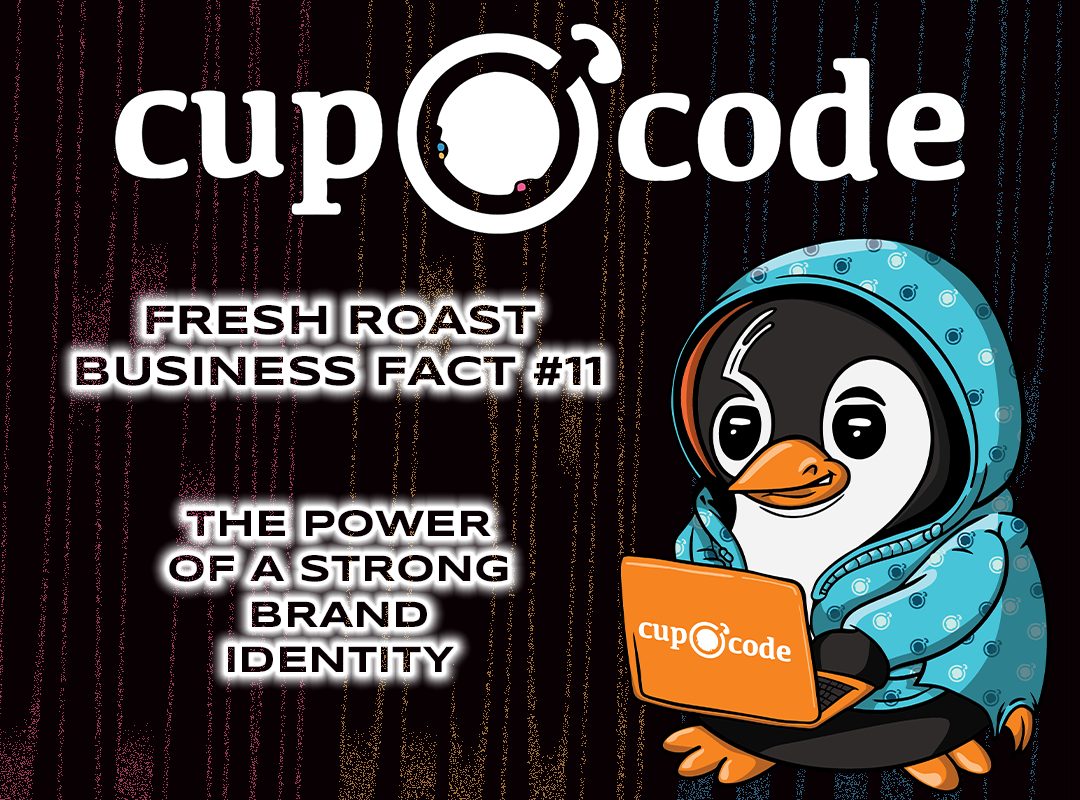Summary
Develop a strong brand identity: Your brand identity is what sets you apart from your competitors. Develop a consistent visual identity, tone of voice, and messaging that reflects your brand values and resonates with your target audience.
Understanding the Importance of Brand Identity
Brand identity is the essence of your business and what differentiates you from competitors. It encompasses your visual elements, tone of voice, and messaging, creating a cohesive and memorable representation of your brand.
Defining Your Brand Values
Start by defining your brand values—the principles and beliefs that guide your business. These values should align with your mission, vision, and target audience. Clear brand values lay the foundation for a strong brand identity that resonates with your customers.
Creating a Consistent Visual Identity
Visual elements play a significant role in brand identity. Design a visually appealing and consistent brand identity that includes your logo, color palette, typography, and imagery. Consistency across all touchpoints, both online and offline, helps build brand recognition and reinforces your unique identity.
Establishing a Distinct Tone of Voice
Your brand’s tone of voice sets the overall personality and communication style. Define your brand’s voice by considering factors such as friendliness, professionalism, playfulness, or authority. Consistently applying this tone of voice across all communication channels strengthens brand recognition and fosters a connection with your audience.
Crafting Compelling Messaging
Crafting compelling and consistent messaging is crucial to convey your brand’s value proposition effectively. Develop key messages that clearly communicate your brand’s unique selling points, benefits, and solutions to your target audience’s pain points. Tailor your messaging to resonate with their aspirations and motivations.
Differentiating Yourself from Competitors
A strong brand identity helps you stand out from competitors. Analyze your competitors’ brand identities and find ways to differentiate yourself. Identify your unique selling proposition (USP) and emphasize what sets you apart. Highlight your brand’s strengths and values to attract and retain customers.
Aligning with Your Target Audience
Your brand identity should align with your target audience’s preferences, values, and aspirations. Understand their demographics, interests, and pain points to tailor your brand identity to resonate with them effectively. Create a brand identity that speaks directly to their needs and desires.
Consistency Across All Touchpoints
Consistency is key when establishing a strong brand identity. Ensure that your brand identity is consistently applied across all touchpoints, including your website, social media, marketing materials, packaging, and customer interactions. Consistency builds trust, recognition, and a cohesive brand experience.
Evolving and Adapting Over Time
Brand identity is not static—it evolves as your business grows and adapts to changing market dynamics. Regularly evaluate your brand identity’s effectiveness and make necessary adjustments to align with market trends, customer feedback, and business objectives. Continuously refining your brand identity ensures its relevance and longevity.
In conclusion, a strong brand identity is a powerful asset for any business. By developing a consistent visual identity, tone of voice, and messaging that aligns with your brand values and resonates with your target audience, you establish a unique and memorable presence in the marketplace. Invest in crafting and nurturing your brand identity to build a lasting connection with your customers and drive business success.









